Washington, D.C., is renowned for its wealth of free museums, particularly those under the Smithsonian Institution. This tradition of free admission is rooted in several key principles.
The Smithsonian’s founding charter, established by British scientist James Smithson’s bequest, aimed to create an institution “for the increase and diffusion of knowledge among men,” ensuring open access to all.
Free museums embody the nation’s commitment to public education, making knowledge and culture accessible to everyone, regardless of economic status.
Government funding supports these institutions, allowing them to operate without relying on admission fees, which enhances their role as vital public assets.
Free entry also encourages tourism and cultural diplomacy, attracting visitors worldwide while fostering mutual understanding.
This policy promotes inclusivity and equity, bridging socioeconomic gaps and ensuring that all individuals can benefit from the rich educational and cultural resources available in the nation’s capital.
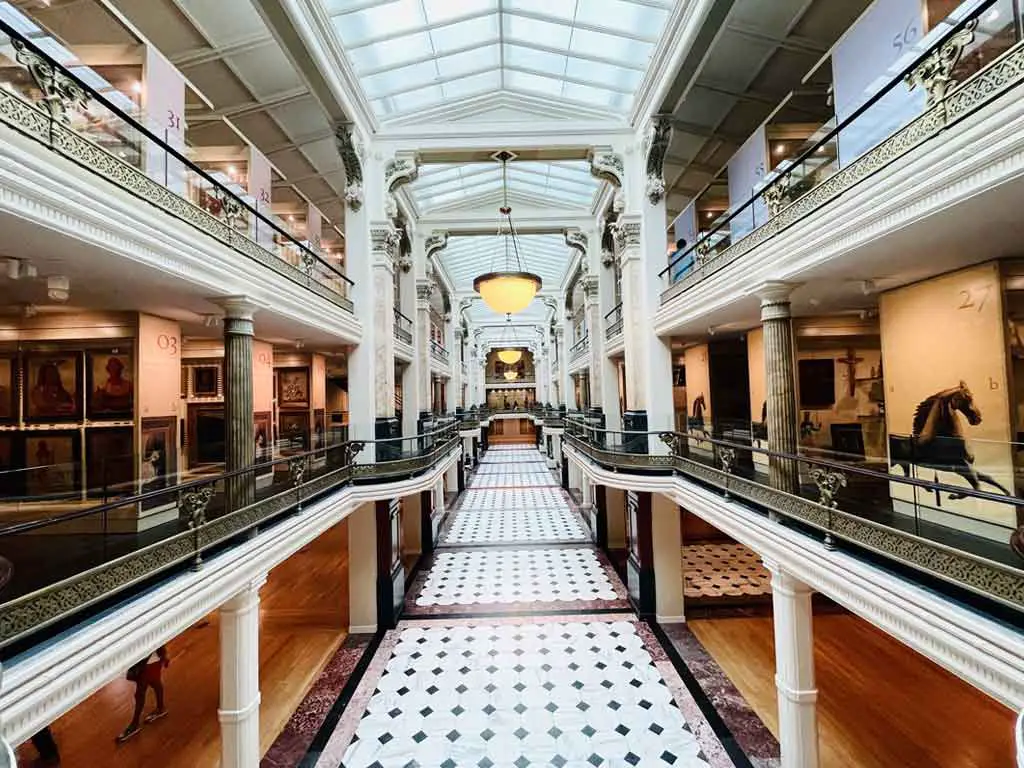
6 Reasons Why Are Museums Free in Washington DC
Washington, D.C., the capital of the United States, is renowned for its wealth of free museums, particularly those that are part of the Smithsonian Institution.
The tradition of free admission to museums in Washington, D.C., is rooted in these six factors:
1. Smithsonian Institution’s Charter
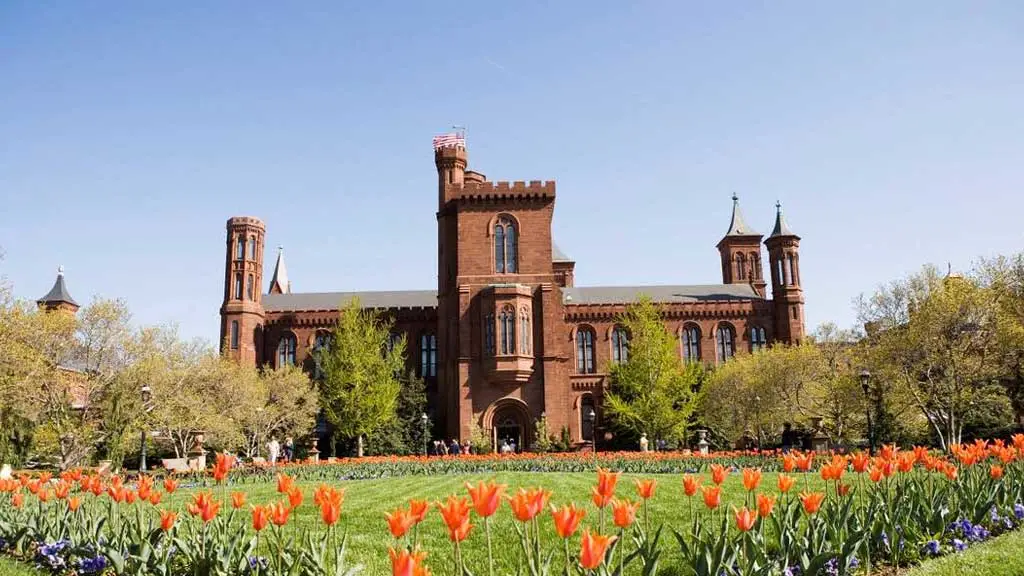
The Smithsonian Institution, often referred to as the “nation’s attic,” was founded with a generous bequest from James Smithson, an English scientist.
His will specified that his fortune be used to create an institution “for the increase and diffusion of knowledge among men.”
This mission has guided the Smithsonian since its inception, leading to a policy of free admission to ensure that all people, regardless of their financial situation, can access its vast educational and cultural resources.
This policy reflects Smithson’s vision of an institution that benefits the public by making knowledge freely accessible, promoting lifelong learning and curiosity.
2. Public Access to Education
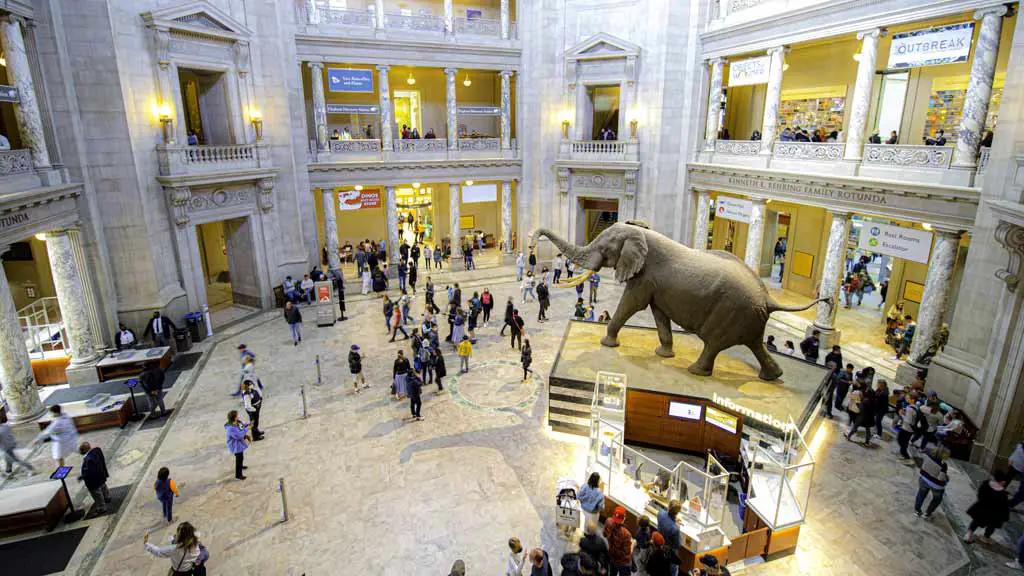
Education is a cornerstone of democracy, and the United States has a long-standing tradition of valuing public access to educational resources.
Free museums in Washington, D.C., play a crucial role in this tradition by providing universal access to information and learning experiences.
By removing financial barriers, these museums ensure that everyone, including students, families, and visitors from around the world, can benefit from their collections and programs.
This access helps foster a well-informed and culturally aware citizenry, which is essential for a functioning democracy.
3. Tourism and Cultural Diplomacy
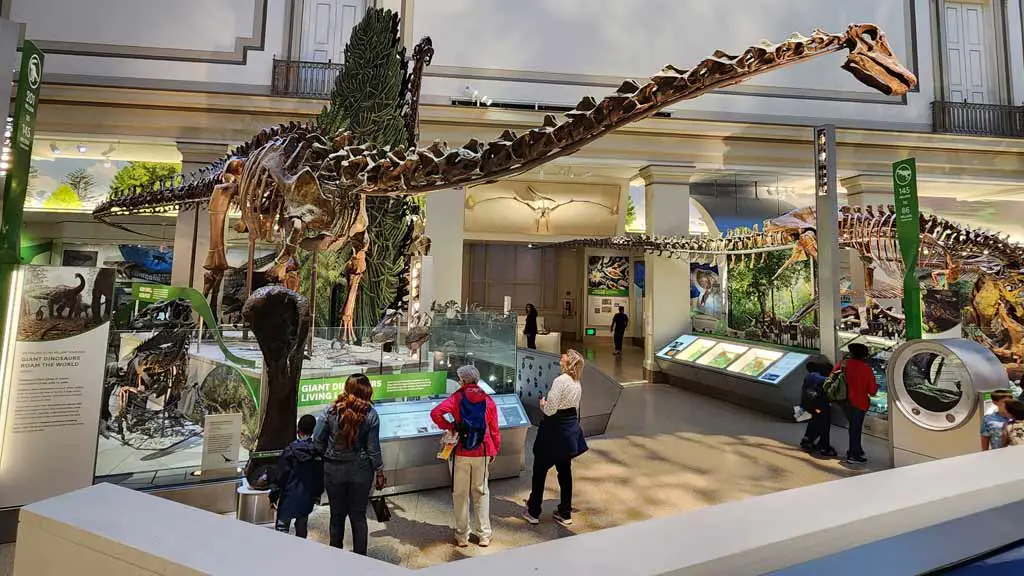
Washington, D.C., is not only the political capital of the United States but also a major cultural destination.
Free museums enhance the city’s appeal to both domestic and international tourists, making it a more attractive travel destination.
By offering free admission, these museums invite visitors to explore and learn without worrying about cost, encouraging longer stays and repeat visits.
Additionally, free access serves as a form of cultural diplomacy, allowing visitors from around the world to experience and appreciate American culture, history, and values firsthand, thereby promoting mutual understanding and goodwill.
4. Government Support
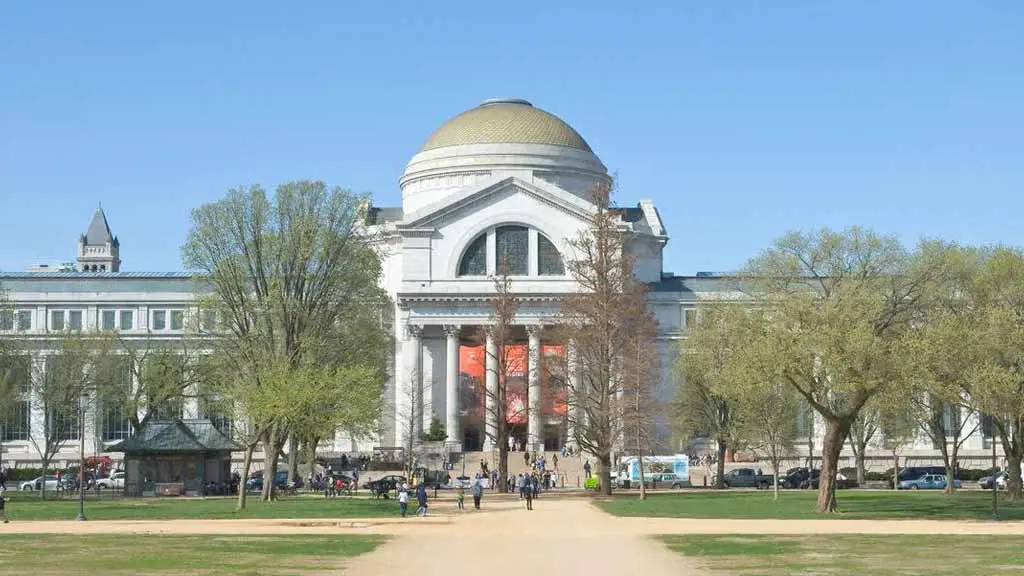
Many museums in Washington, D.C., receive substantial funding from the federal government. This support allows them to operate without relying on admission fees, which aligns with the government’s view of these institutions as vital public assets.
Funding for museums is often seen as an investment in public education and cultural preservation, benefiting society as a whole.
This financial backing ensures that museums can focus on their educational and cultural missions, providing high-quality exhibits and programs without the constraint of needing to generate revenue through ticket sales.
5. Encouraging Repeat Visits
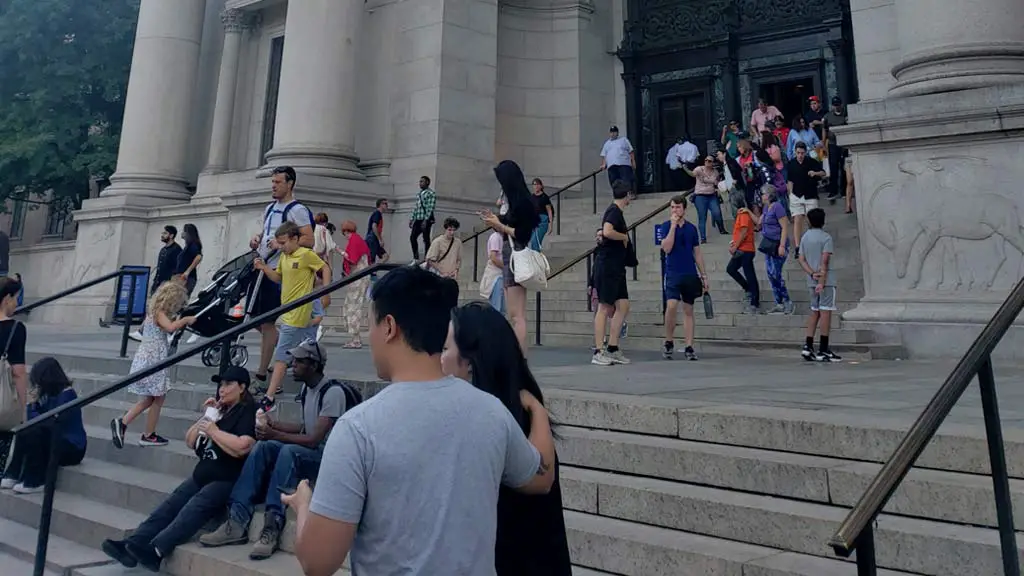
Free admission encourages visitors to return multiple times, fostering a deeper and more meaningful engagement with the exhibits.
When people can visit as often as they like without worrying about the cost, they are more likely to take their time, explore different parts of the museum, and delve deeper into topics of interest.
This repeat visitation not only enhances the educational impact of the museums but also builds a loyal community of museum-goers.
These frequent visitors often become advocates for the museums, supporting them through donations, memberships, and volunteer work, which further strengthens the institutions.
6. Inclusivity and Equity
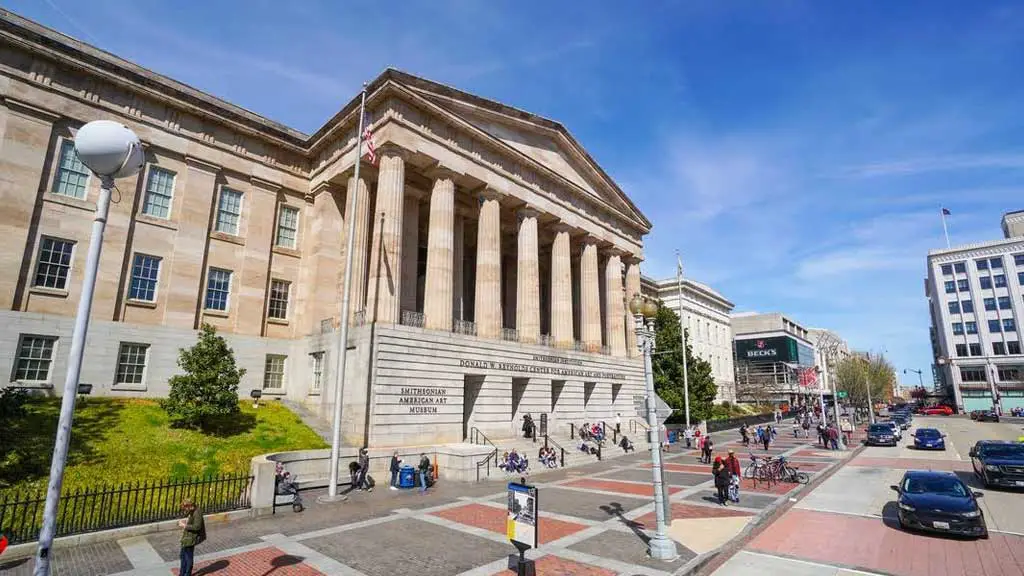
Free admission policies are a powerful tool for promoting inclusivity and equity. By eliminating financial barriers, museums ensure that people from all socioeconomic backgrounds can access their educational and cultural resources.
This inclusivity is vital for creating a society where everyone has the opportunity to learn and grow, regardless of their financial situation.
It also helps to bridge the gap between different communities, fostering a sense of shared cultural heritage and mutual understanding.
Free access to museums is a tangible expression of the belief that education and culture should be available to all, not just those who can afford it.
Contribution of Free Museums to Public Education in Washington DC
The free museums in Washington, D.C., play a pivotal role in contributing to public education. These institutions offer a wealth of resources and experiences that enhance learning, foster curiosity, and promote cultural literacy.
Here are some key ways in which free museums in Washington, D.C., contribute to public education:
Accessible Learning for All Ages
Free museums provide an inclusive learning environment where people of all ages can explore and discover.
For young children, museums often have specially designed interactive exhibits and play areas that encourage hands-on learning and sensory experiences.
Programs such as story times, craft activities, and scavenger hunts make learning fun and engaging for the youngest visitors.
For older students and adults, museums offer a range of educational programs, including lectures, workshops, and guided tours that delve deeper into subjects of interest.
Senior citizens can also benefit from free admission, often participating in specialized programs that cater to their interests and life experiences.
The free access ensures that everyone, from toddlers to retirees, has the opportunity to engage with educational content that enriches their understanding of the world.
Supplementing School Curricula
Museums serve as dynamic extensions of the classroom, offering real-world applications of subjects taught in school.
For example, a visit to the Smithsonian National Museum of Natural History can bring lessons about biology, geology, and anthropology to life through its extensive collections of fossils, minerals, and cultural artifacts.
Museums often collaborate with educators to create curriculum guides and educational materials that align with state and national standards.
These resources help teachers integrate museum visits into their lesson plans effectively. Additionally, many museums offer virtual tours and online resources, expanding their reach to classrooms that may not be able to visit in person.
By providing these supplementary educational experiences, museums enhance students’ understanding and retention of academic subjects.
Promoting Critical Thinking and Inquiry
Museums encourage visitors to engage with exhibits in ways that promote critical thinking and inquiry.
Interactive exhibits and hands-on activities challenge visitors to ask questions, solve problems, and think deeply about the topics presented.
For example, at the Smithsonian National Air and Space Museum, visitors can explore flight simulators, interactive displays on the principles of flight, and exhibits on the history of space exploration.
These experiences require visitors to apply their knowledge and think critically about the scientific concepts involved.
Many museums also offer inquiry-based learning programs, where students can participate in activities such as artifact analysis, scientific experiments, and historical investigations.
These programs foster a mindset of curiosity and exploration, essential skills for academic and personal growth.
Cultural Literacy and Appreciation
Museums provide a window into the diverse cultures and histories that shape our world. Exhibits on art, history, and anthropology offer visitors the chance to learn about different traditions, beliefs, and practices.
For instance, the Smithsonian National Museum of African American History and Culture offers powerful exhibits that explore the African American experience, from the horrors of slavery to the achievements of the civil rights movement and beyond.
By presenting these narratives, museums help visitors understand and appreciate the rich tapestry of human experience.
Programs such as cultural festivals, artist residencies, and international exhibitions further enhance cultural literacy, allowing visitors to experience the arts and traditions of other cultures firsthand.
This exposure fosters empathy, tolerance, and a greater appreciation for the diversity of human expression.
Encouraging Civic Engagement
Museums often highlight themes related to democracy, citizenship, and social justice, encouraging visitors to reflect on their roles as active participants in society.
Exhibits on American history, such as those at the Smithsonian National Museum of American History, showcase pivotal moments and movements that have shaped the nation.
By learning about the struggles and triumphs of past generations, visitors are inspired to engage in civic activities and advocate for positive change.
Museums also host public forums, debates, and town hall meetings that address contemporary issues, providing a space for dialogue and civic engagement.
Educational programs that focus on voting rights, civil liberties, and social justice further empower visitors to become informed and active citizens. This engagement helps build a more educated and participatory society.
Professional Development and Lifelong Learning
Free museums offer valuable opportunities for professional development and lifelong learning, benefiting educators, museum professionals, and the general public.
Teachers can participate in workshops and training programs that provide new strategies for integrating museum resources into their classrooms.
For example, the Smithsonian Institution offers the Smithsonian Learning Lab, an online platform that provides educators with digital resources and tools for creating interactive learning experiences.
Museum professionals can take advantage of conferences, seminars, and networking opportunities that enhance their skills and knowledge in fields such as curation, conservation, and museum education.
Lifelong learners, including retirees and adult learners, can attend lectures, book clubs, and study groups that delve into specific topics of interest.
These programs foster a culture of continuous learning and intellectual growth, enriching the lives of participants and contributing to the overall educational mission of museums.
Frequently Asked Questions
Which museums in Washington, D.C., offer free admission?
Notable free museums include the Smithsonian National Museum of Natural History, National Air and Space Museum, National Museum of American History, and the Smithsonian American Art Museum.
Are all exhibits in these free museums accessible to everyone?
Yes, the exhibits are designed to be accessible to all visitors, including those with disabilities. Most museums provide accommodations such as ramps, elevators, and audio guides.
Do free museums in D.C. offer educational programs for schools?
Yes, many free museums offer educational programs, workshops, and resources specifically designed for school groups and educators.
Can I make donations to support free museums in Washington, D.C.?
Yes, donations are welcome and help support the museums’ operations and educational programs. Many museums have donation boxes on-site or options to donate online.
Conclusion
The free museums of Washington, D.C., stand as pillars of accessible education and cultural enrichment.
By offering free admission, these institutions uphold principles of inclusivity, ensuring that everyone, regardless of socioeconomic background, can engage with world-class collections and educational programs.
From fostering critical thinking and cultural literacy to promoting civic engagement and lifelong learning, these museums play a vital role in shaping informed and empathetic citizens.
They serve as dynamic extensions of formal education, supplementing school curricula with immersive experiences that deepen understanding and inspire curiosity.
Moreover, by preserving and presenting diverse histories and artistic expressions, free museums contribute to a more interconnected and culturally aware society.
Their commitment to accessibility and educational outreach not only enriches individual lives but also strengthens the fabric of communities, fostering a collective appreciation for the richness of human achievement and heritage.
Through free access, these museums continue to serve as invaluable resources that empower and educate visitors of all ages and backgrounds.




Tony Spadafora